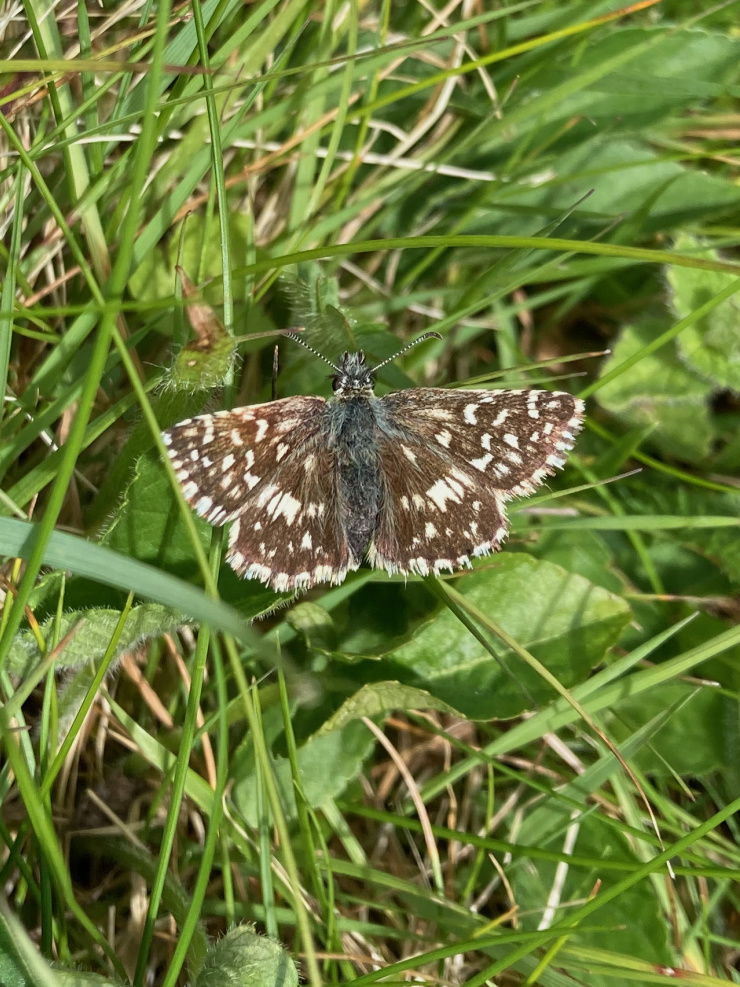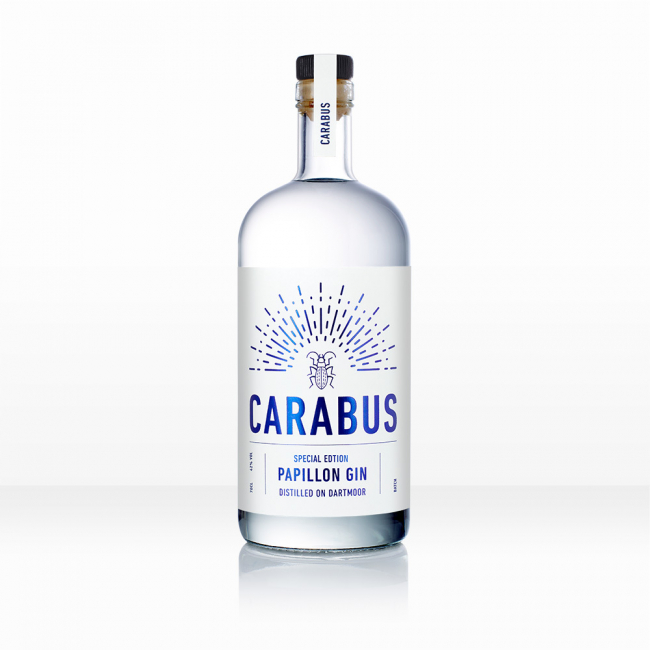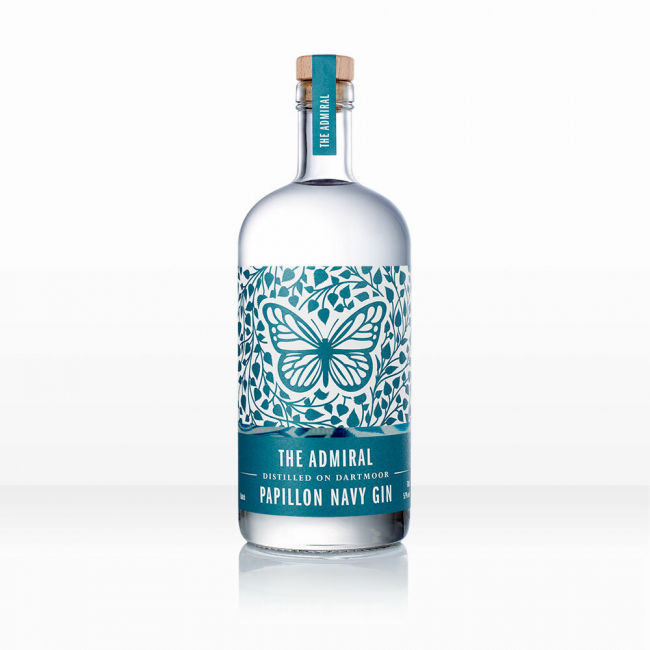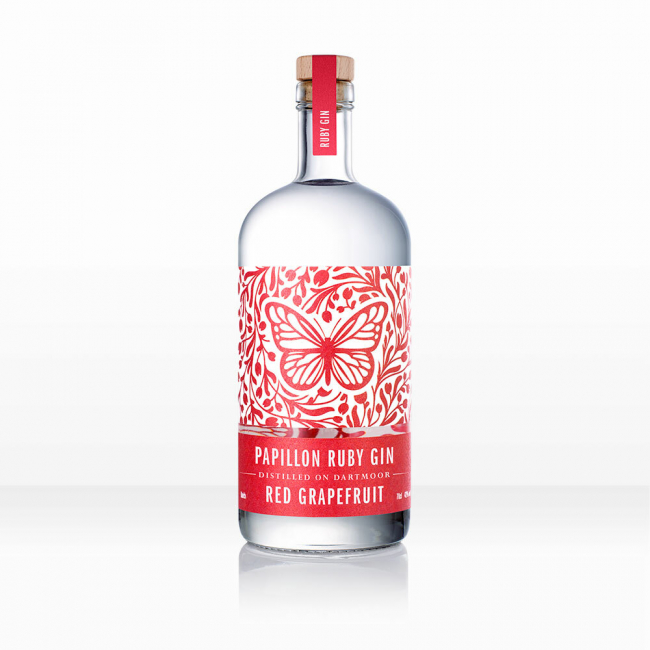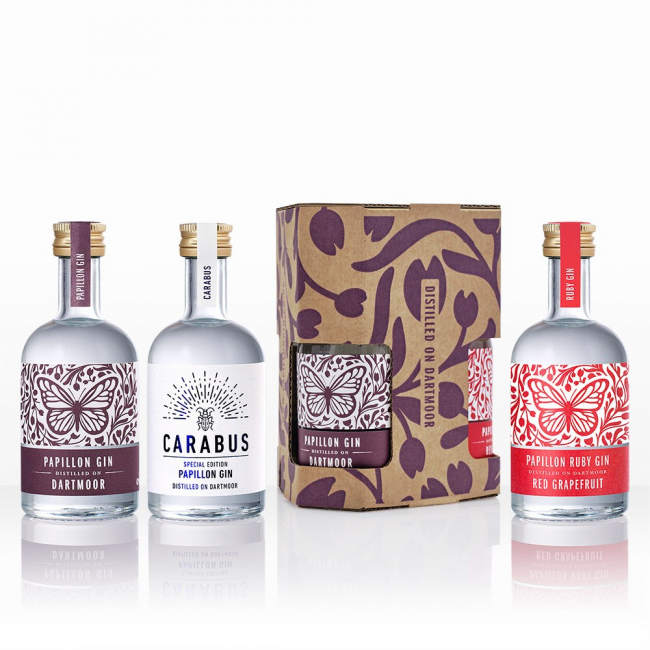Grizzled Skipper Absinthe
Our absinthe has been a few years in the making and has been an absolute labour of love. What appeared to be a simple process turned into much head scratching and experimentation for us!
The process is similar to distilling gin, however, it involves over 5 times the quantity of botanicals which therefore alters the process somewhat. The key botanicals that are special to absinthe are the ‘Holy Trinity’ of fennel, aniseed and wormwood.
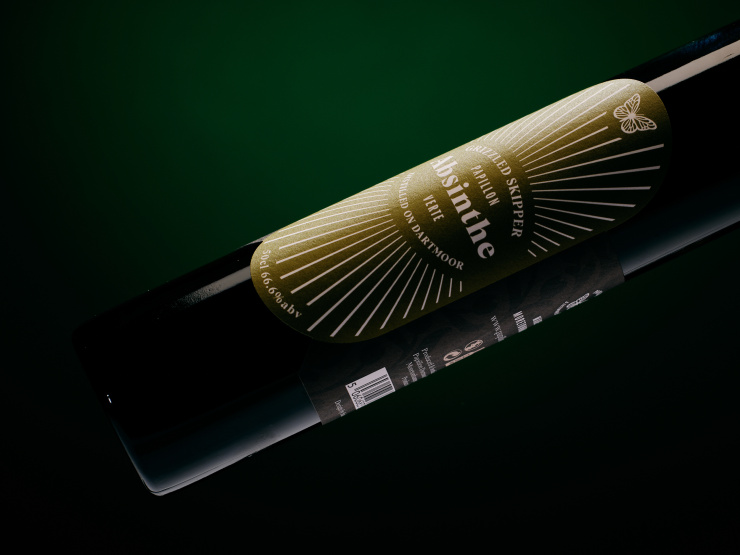
Wormwood is a herbaceous perennial plant that can grow to 1.2 metres. We were delighted when a local nature-friendly market garden, Whippletree Farm, agreed to grow some for us. They have grown some Melissa for the absinthe too. We have distilled our absinthe with liquorice root to give it a light natural sweetness. After distillation, we macerate our absinthe with Dartmoor bramble shoots which gives it a 100% natural green colour. Due to the colouring being natural our bottles are dark green to help prevent the colour changing.
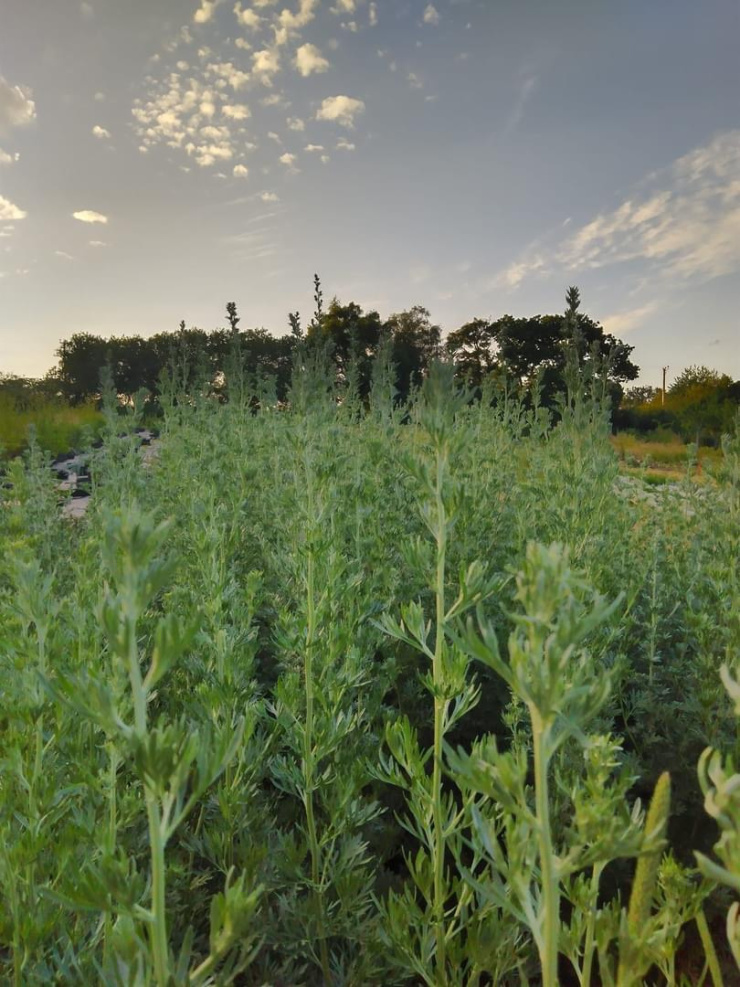
Absinthe has enjoyed a rich and colourful history with stories of hallucinations, social disorder and bans. In recent years it has come to light that these are mainly stories and absinthe does not have hallucinogenic properties. However, as is relevant with all alcoholic beverages, it is best drunk responsibly. It was a very popular drink in the late 19th and early 20th century France, particularly among artists and writers such as Lord Byron, Oscar Wilde, Vincent van Gogh and Ernest Hemingway.
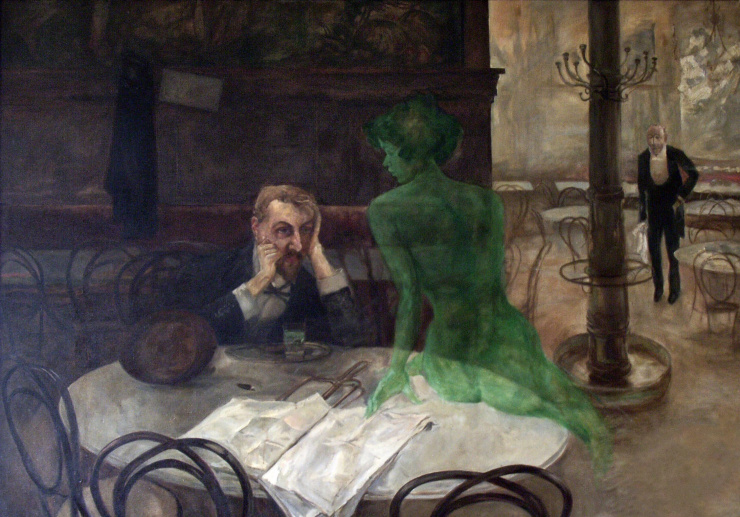
The Absinthe Drinker by Viktor Oliva (1861 - 1928)
The traditional way to drink our absinthe is by diluting it with ice-cold water to enjoy the rich opalescent louche (the milky cloudiness created when adding water to absinthe). At 66.6% abv, 1 part absinthe to 3 - 5 parts water is recommended.
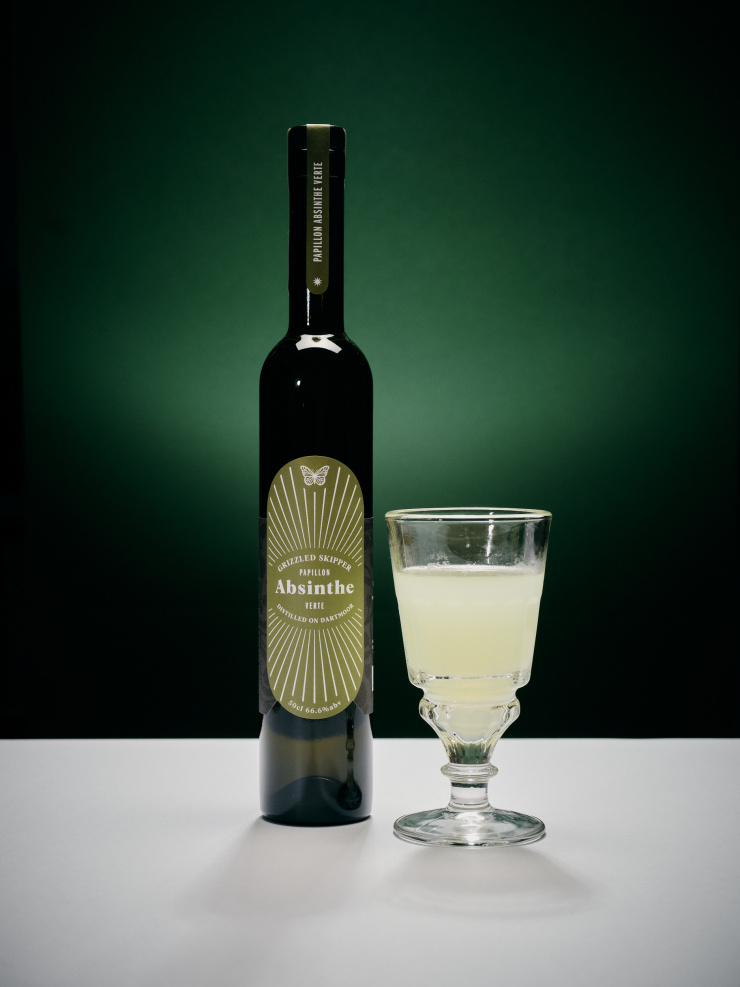
Absinthe is a popular cocktail ingredient and I would recommend exploring the Difford’s Guide website.
You may wish to try the Absinthe Spider Highball:
15ml Grizzled Skipper Absinthe
2 dashes of Angostura Bitters
120ml Fever Tree Ginger Ale
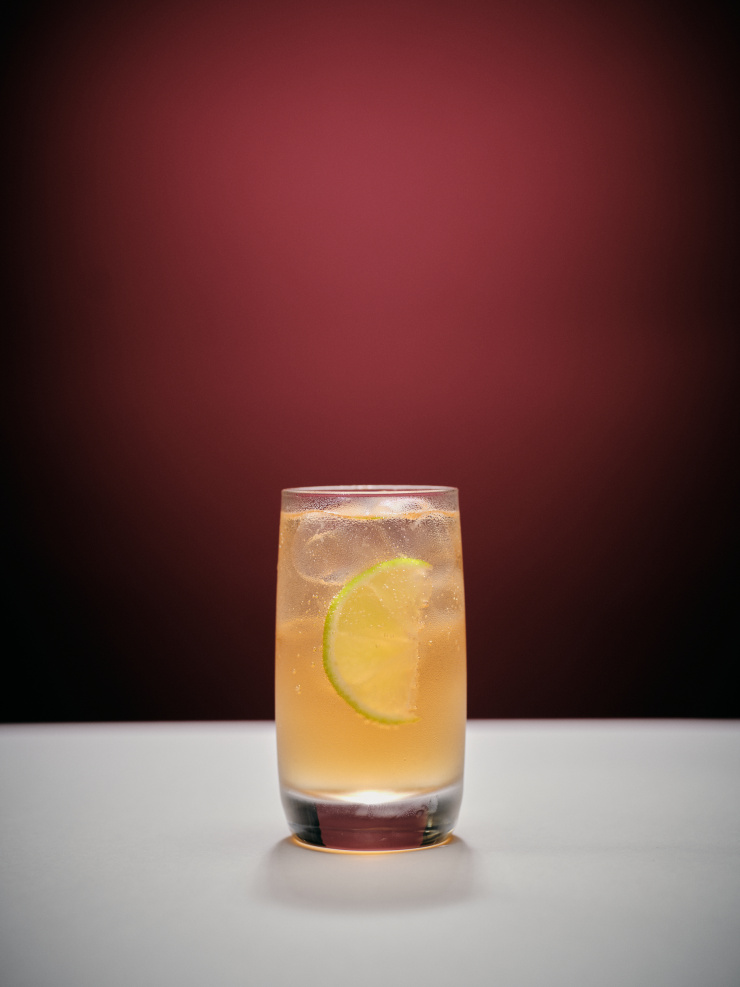
Papillon Absinthe Verte is named after a rare tiny butterfly that is found around the edge of Dartmoor. The Grizzled Skipper has black or dark brown wings with checker-board white spots and is the smallest of our UK skippers with a wing span of 27mm. It has rapid, low-flying, darting flight. Their caterpillars feed on Tormentil and Bramble.
1% of sales from Grizzled Skipper Absinthe are donated to Butterfly Conservation.
